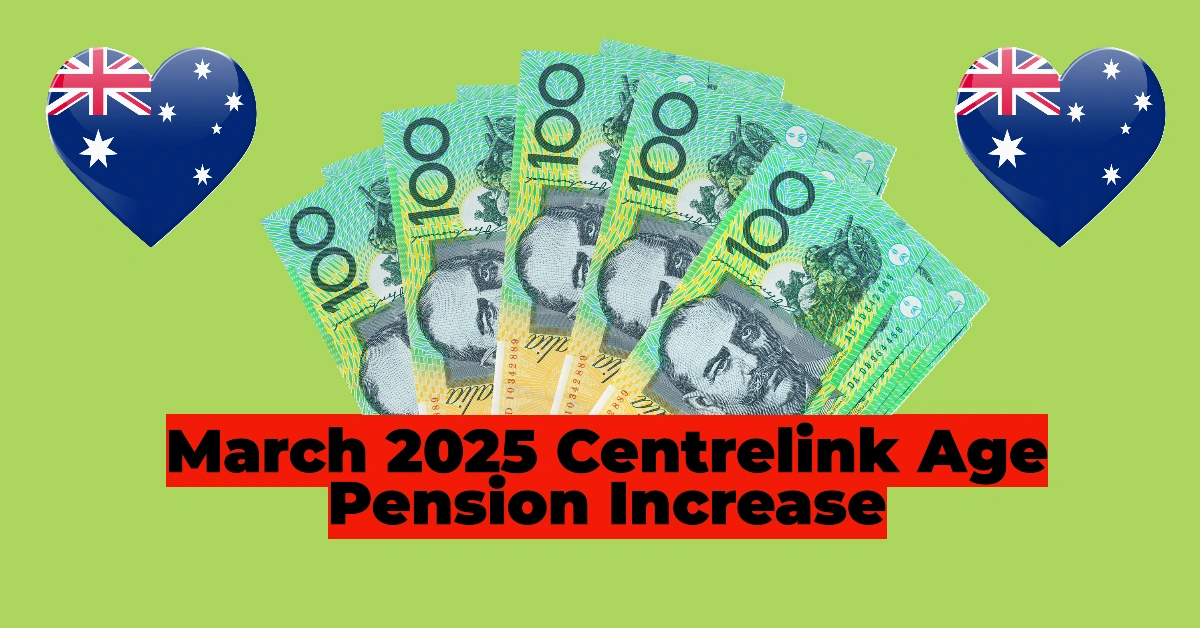

The Canada Pension Plan (CPP) has been undergoing a phased enhancement process since 2019 to provide Canadians with higher retirement income and better financial security. As we approach the final phase of these changes in 2025, it’s essential to understand how these adjustments will impact contributions, benefits, and retirement planning.
Table of Contents
What is Changing in 2025?
The CPP enhancements, announced in 2016, aim to increase the pension benefits Canadians will receive during retirement. By the end of the implementation period in 2025, workers will benefit from:
- Higher Retirement Income: The maximum pension benefit will increase significantly.
- Expanded Pensionable Earnings: Workers with higher incomes will earn CPP benefits on a larger portion of their earnings.
- Gradual Contribution Rate Increases: Contributions from employees, employers, and self-employed individuals have been rising to fund these changes.
How Rising Inflation Impacts CPP and OAS Benefits: What You Need to Know
What Is the GST Tax Credit in Canada, and When Will the Next Payment Be Made?
How Much will OAS Increase in January 2025: Seniors Need to Know
The Enhanced CPP: Key Benefits
1. Higher Income Replacement Rate
- The CPP income replacement rate is increasing from 25% to 33% of eligible earnings.
- This means a higher retirement benefit for all contributors. For example, under the enhanced plan:
- The maximum annual pension will increase from $13,610 (2018 level) to $17,500 once fully phased in.
2. Higher Pensionable Earnings Limit
- The maximum income covered by CPP contributions will rise from $55,900 in 2018 to $82,700 by 2025.
- High-income earners will now contribute more and receive proportionately higher benefits.
3. Increased Maximum Pension for High-Income Workers
- By 2025, workers earning up to $82,700 can expect a maximum annual pension of about $19,900, up from $13,610 under the old system.
How the Enhanced CPP is Being Phased In
Phase 1: 2019–2023 – Gradual Contribution Increases
During this period, employee and employer contribution rates gradually increased from 4.95% to 5.95% of earnings below the Yearly Maximum Pensionable Earnings (YMPE). Self-employed individuals saw their contributions rise from 9.9% to 11.9% to account for both the employer and employee portions.
Phase 2: 2024–2025 – Additional Contributions for Higher Earners
- Introduction of Year’s Additional Maximum Pensionable Earnings (YAMPE):
A new upper limit for pensionable earnings is being introduced.- In 2024: The YAMPE will be 107% of YMPE.
- In 2025: The YAMPE will be 114% of YMPE.
- Contributions will apply to income between YMPE and YAMPE at a rate of 4% for employees and employers (8% for self-employed).
- Contribution Example for 2025:
With the YMPE projected to be $72,500 and YAMPE set at $82,700:- Contributions will be split into two tiers:
- Up to YMPE ($72,500): 5.95% for employees and employers.
- Between YMPE and YAMPE ($72,500–$82,700): 4% for employees and employers.
- Contributions will be split into two tiers:
New OAS Payments Details in 2025: What Seniors Need to Know About the Latest Adjustments
CPP Payments to Rise by 2.7% in 2025: What Retirees Need to Know
How Early Retirees Can Boost Their Pension by Up to 56%: Higher CPP Benefits
Will All Seniors Get an Increase in OAS 2025: Recent Adjustments and Eligibility
Contribution Rates and Amounts
| Year | Contribution Rate (Employee/Employer) | Contribution Rate (Self-Employed) | Estimated YMPE | Estimated YAMPE | Maximum Yearly Contribution (Employee/Employer) | Maximum Yearly Contribution (Self-Employed) |
|---|---|---|---|---|---|---|
| 2024 | 5.95% (up to YMPE) + 4% (YAMPE portion) | 11.9% + 8% | $72,500 | $77,575 | ~$4,040 (Employee/Employer) | ~$8,080 |
| 2025 | 5.95% (up to YMPE) + 4% (YAMPE portion) | 11.9% + 8% | $72,500 | $82,700 | ~$4,400 (Employee/Employer) | ~$8,800 |
Tax Implications of the Enhanced CPP
The enhanced CPP contributions will have different tax treatments:
- Employees:
- Standard CPP contributions continue to qualify for a non-refundable tax credit.
- Contributions to the enhanced portion qualify for a tax deduction.
- Self-Employed Individuals:
- The total contribution amount (both employer and employee portions) is tax-deductible.
- Employers:
- Contributions to both the standard and enhanced CPP are tax-deductible.
How This Impacts Seniors in 2025
Seniors who are already receiving CPP benefits will not need to contribute further. However, retirees can expect to see a gradual increase in their payments as the enhancements take full effect, especially for those who contributed to the enhanced plan during their working years.
Preparing for the Changes
For Workers and Self-Employed Individuals
- Check your annual contribution levels to ensure you’re maximizing the future benefits of enhanced CPP.
- Understand the tax deductions available for contributions to optimize your financial planning.
For Employers
- Ensure payroll systems are updated to accommodate the new contribution rates and limits.
- Educate employees about the changes and how these will impact their retirement savings.
Why These Changes Matter
The enhanced CPP aims to address gaps in retirement savings for Canadians, ensuring that future retirees enjoy greater financial security. By increasing both the payout rate and the earnings ceiling, the CPP is adapting to the changing economic landscape, creating a stronger safety net for generations to come.
Stay informed about your contributions and benefits to make the most of the enhanced CPP as it reaches full implementation in 2025.








Leave a Reply